The goal with curb appeal is to make your property appealing and memorable. This applies whether you are getting ready to sell your home or you just want to have a front facade you are proud to have your family and friends pull up to. As you work, keep those 2 words in mind: appealing & memorable. Let’s get started!
There are 3 main steps I think about when working with clients on their exterior facade and I’m going to walk you through them and explain a bit of theory as we go. At the end, I have a checklist of tips for you to print and go through as you are getting things done. For the most part, this is an afternoon project. If you need to do some repair work or go shopping, it might add on some time, but far and away, most of my clients can get this done quickly with a little bit of physical labour and by using what they have around the house already.
1. Prep:
This is the time to clean & clear as much as you can – give yourself a blank slate to work with.
This step makes the most difference when you are preparing to sell your home. You might be able to see past a lot of these things, but potential buyers normally can’t. Where you see ‘I need to get out and rake those leaves this weekend’ your buyer sees ‘wow, there is way too much yardwork to keep up with here, no thanks’. It’s so subconscious, and I’m sure they are very nice people but those little things add up very quickly to buyers, often without them even realizing it. The more you can do to keep that subconscious to-do list short, the better!
If you are just working on curb appeal for your own happiness, it is also important to start with this step. Much like decluttering inside your home, it will be easier for you to enjoy your yard and be proud of your home without a bunch of little annoyances in sight.
2. Create the feeling of an appealing lifestyle:
So much of the power of curb appeal lies in helping people see the lovely parts of the life that you have in your home. This is the good feeling people have when walking up to your front door. It’s a feeling that makes your visitors want to sit with you on the porch and put their feet up. It makes potential buyers want to have coffee in the morning looking out on that yard. You need to create a vignette, make a case or create a good vibe, whatever you want to call it.
The appeal almost universally lies in conveying a relaxed, orderly, safe, calm lifestyle. This is achieved by creating an outdoor seating area (even a small stool suggests this), having flowers or foliage around the front door, having a great door mat and clear house numbers and even things like thoughtful lighting. You want people to walk up to your front door and exhale ‘ahhhh, this is so nice.’
If you are selling your home, you can also add some staging to the front area. What is the lifestyle appeal of your home or area and is there anything that gives a subtle nod to it? If you live near a lake, a fishing rod leaning in the corner is great. If a park is within walking distance for kids, a nice basket with some outdoor balls in it or a baseball bat & mitts does the trick. If you have a nice porch that is great for having morning coffee on, leave a book and clean coffee mug on the side table of your porch seating area. These are all small touches but they can be very powerful subconscious messages to potential buyers about the appealing lifestyle you have in that home.
3. Make your home memorable:
Here is where you add the icing on the cake. This last step is a powerhouse if you are preparing to sell your home, but it’s also that next level up if you just want to love pulling up to your own home that little extra bit.
Why is this important? Buyers aren’t just looking at one house, they are scanning online listings, looking at flyers, and generally absorbing a barrage of details about a lot of homes. They are doing this for weeks or months sometimes. After awhile those houses can start to melt into one another. It’s a funny thing, but the smallest detail about your home that sticks in someone’s mind means that your home is at the top of the list in their brain, along with all the relevant details about your home. Familiarity is comforting and when someone is faced with a huge life change like moving, the more they think about your house, the more comfortable they feel with it and the more comfortable they feel with it, the more they are going to gravitate toward living in it. This is great news when you want to sell it, right?
If you’re not selling, this same factor is what helps your friends and family feel comfortable in your home. It also means that because you are putting that extra bit of your own personality into your space, you are going to be extra happy there as well. There is no downside to this!
What makes a home memorable? Mainly, it comes down to this: one or two things that are bigger, bolder and more colorful than their surroundings. You need a statement. Something unique. Something in a bright color or interesting material. Something that makes people say ‘oh, the house with the _____?! I know that house!’
Does it need to be a purple cow statue on the front lawn or a toilet bowl planter full of foliage? Um, no. Those might be conversation starters, but I’m not sure that’s the vibe you want your home to be giving off (or maybe it is, I don’t judge.) There are lots of great ideas that will also enhance the style of your home. Consider a few nice planters overflowing with bright flowers near the door, a unique color painted on the front door, house numbers painted a bold color, a door mat with some style, a really great light fixture at the door, or maybe just one bold colored accessory on the porch.
A checklist for my people getting ready to list their house:
I know how overwhelmed and busy you can feel if you are getting ready to sell your home, so I’ve created a checklist for you to print off and work through. It can really help to calm that mental chaos if you can just work through something step by step. It's ready and waiting for instant download in my free Design Resource Library - check out that link below to have it instantly emailed to you.
My advice for getting this done?
1. Print the checklist from my resource library.
2. Do a 15 minute walk around and see if you need to buy anything (cleaning supplies, paint, whatever) and make a list.
3. Gather what you need and get it in one spot (hoses, ladder, etc).
4. Set aside 2 -3 hours to improve your curb appeal. Do what you can and move along.
5. If you have more time later, keep working on things you didn’t get to, but any improvement is good and nothing is ever going to be perfect! You can do this!
Ps - Not all of the tips will apply to every home, so just cross off any that don’t apply to you – doesn’t that feel great?
Looking to Pin for later?
Here you go!
Ready to love where you live?
Join over 16 000 others for instant access to my library of free, practical, and down-to-earth interior design resources!














































